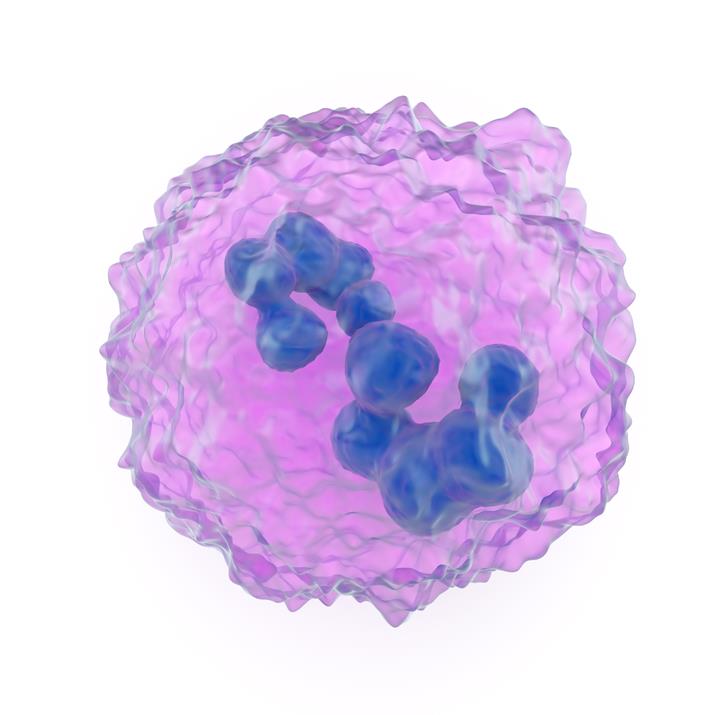This week we’re taking a look at the world of tissue engineering and what this could mean for the future of medicine.
Tissue engineering is an exciting area of medicine, it is the study of the growth of new connective tissues, or organs, from cells and a collagenous scaffold to produce a fully functional organ for implantation back into the donor host. The development of tissue engineering has seen the advancement of techniques and produced results that just 20 years ago would have seemed impossible.
The bio-engineering process of tissue engineering takes cells donated from the patient and manipulates them to become replacement body parts for the same patient. Current body parts engineered in this way include valves, vessels and even more complex structures including organs such as tracheas and bladders. While tracheas and bladders are more simple organs, scientists are pushing the boundaries and trying to create complex organs such as hearts and even brains.
As scientists continue to develop tissue engineering, the possibilities seem endless. Tissue engineering could open medicine up to a tailor made approach with medicines being tested on tissues of patients to ascertain suitability for the patients and even determine possible complications before they arise. Another possibility is that scientists could study neurological conditions of patients in the lab by using their cells to grow tissue which they can then observe, as John Hopkins have done with motor neurone disease (also known as MND, ALS, and Lou Gehrig’s disease) patients [1].
Over the course of the week we will take a look at cardiovascular tissue engineering and how scientists in America are using stem cells to engineer hearts which could be just a decade from human transplant. We will also take a look at Dr. Atala, a pioneering researcher who has transplanted a tissue engineered bladder into a patient.
[1] http://www.futurity.org/als-brains-skin-stem-cells-900442/









